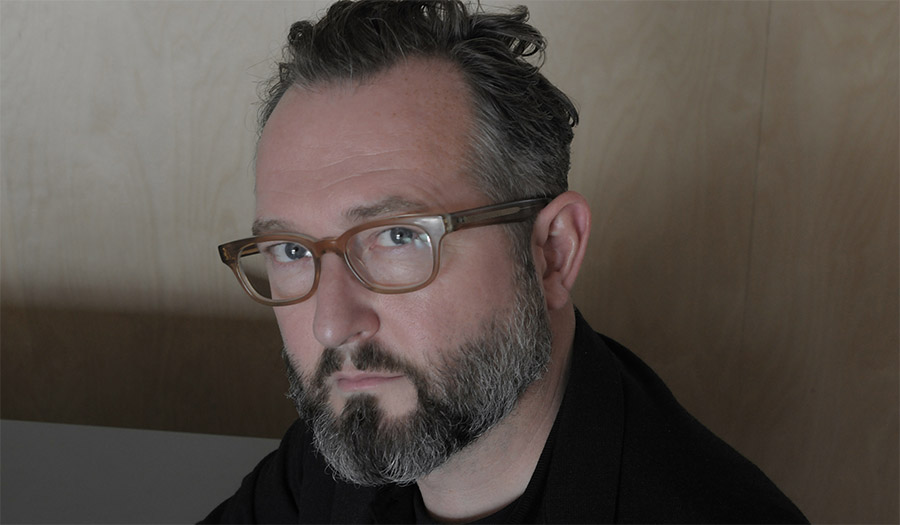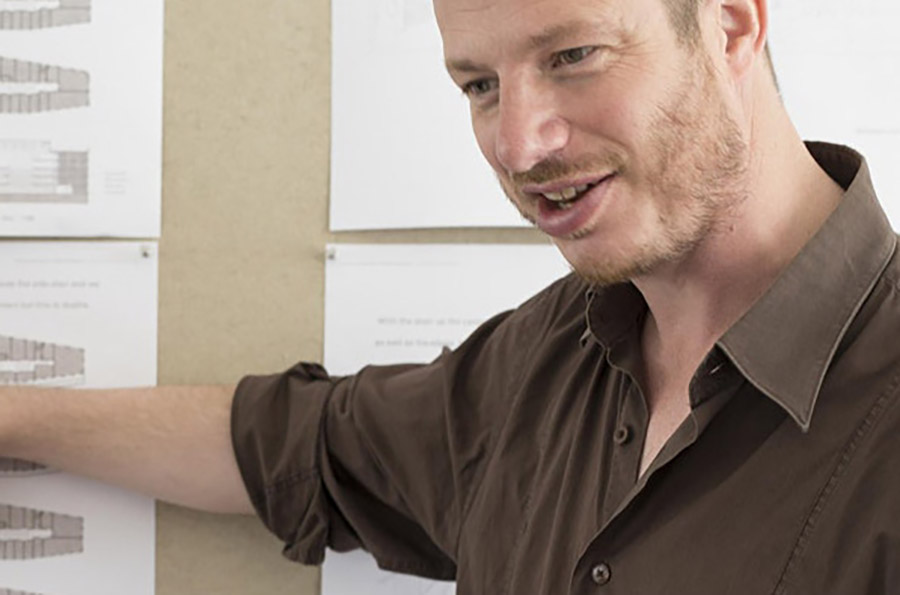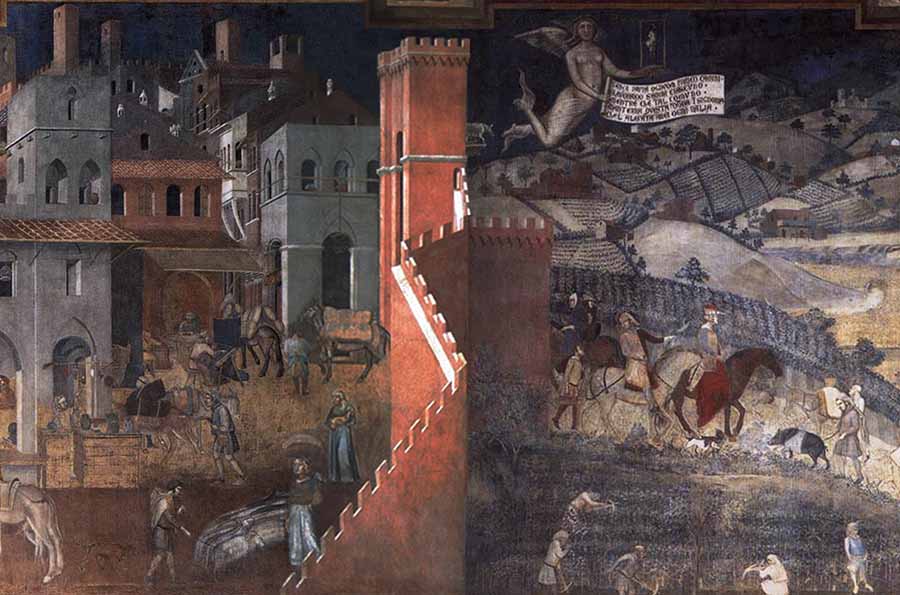This is the first in a new seminar series The Living Memory of Cities convened in collaboration with Eric Parry Architects and CUBE.
About this event
Join us for The Living Memory of Cities, a project originally conceived by Dr José de Paiva as an international symposium, and convened thereafter as a collaboration between Eric Parry Architects and research group Ecological, Architectural and Civic Humanities in Design (EACHiD) at CUBE: the Centre for Urban & Built Ecologies. The series opens with David Leatherbarrow's presentation entitled "Whole Parts: Urban Architecture, In and Out of Scale".
In an attempt to define a place for architectural order other than comprehensive urban systems or market-driven aesthetics of private settings, this study will advance a thesis concerning whole parts, which is to say, internally defined architectural works whose intensity and coherence do not isolate them from the city’s wider frames of reference, artificial and natural. Despite decades of alternately progressive and reactionary claims about dramatic crises in contemporary urban culture, most cities and good urban architecture show a remarkable degree of continuity, no matter whether you consider Shanghai, Stockholm or Santiago – at least parts of them. Sizes have, indeed, changed. Buildings are taller, infrastructure bigger and open spaces wider and more heterogeneous – to say nothing about the ever-increasing density and expanse of urban settlements. Yet, in every city’s different localities intelligible topography is still very much in evidence, not despite radical changes (which would argue for repetition of pre-modern scale and typologies), nor thanks to them (in the form of big architecture, megastructures or large-scale engineering and landscape projects), but because coherent architectural works can contribute to both the transformation and continuity of cities. Scale is at issue here, also proportioning, but equally so the productive nature of intelligent and creative architectural projects. Three scales or types will be addressed: tall buildings, open spaces and infrastructure.
David Leatherbarrow is Professor of Architecture at the School of Design, University of Pennsylvania (Weitzman School of Design). He has taught theory and design at the Polytechnic of Central London and Cambridge University, England, and holds visiting professorships in Denmark and China. This year he was awarded the Topaz Medallion, the highest award in architectural education in the US, given by the ASCS and AIA. David Leatherbarrow was also the recipient of the Visiting Scholar Fellowship from the Canadian Center of Architecture (1997–1998). Some of his books include: Building Time: Architecture, Event, and Experience; Three Cultural Ecologies; 20th Century Architecture; Architecture Oriented Otherwise, Topographical Stories, Surface Architecture (with Mohsen Mostafavi), Uncommon Ground, Roots of Architectural Invention, and On Weathering: The Life of Buildings in Time. His research is focused on history and theory of architecture and the city.
Image: Barnes Foundation Museum and Parkway Central Library
.JPG)
Details
| Date/time | Thursday 12 November 2020 |
|---|---|
| Watch recorded seminar | David Leatherbarrow - Whole Parts: urban architecture, in and out of scale |
| Follow on Twitter | @Research_LMArts |
David Leatherbarrow – Whole Parts: urban architecture, in and out of scale
This was the first in The Living Memory of Cities, a seminar series convened in collaboration with Eric Parry Architects and the Centre for Urban and Built Ecologies (CUBE), London Metropolitan University. The series opens with David Leatherbarrow's presentation entitled Whole Parts: urban architecture, in and out of scale.







